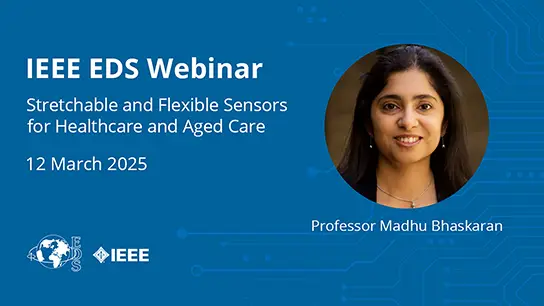Slides - Enhancing Vehicle Dynamics and Energy Efficiency in Electric Vehicles with Multiple Motors Via Torque Vectoring
Basilio Lenzo
-
Members: FreeTEC
IEEE Members: $11.00
Non-members: $15.00Pages/Slides: 37
12 Apr 2018
Electric vehicles with multiple motors allow torque vectoring (TV), i.e. the individual control of each drivetrain. TV has been largely studied in the literature since it can provide significant benefits in terms of vehicle safety and drivability. This webinar analyses recent experimental results of the EU FP7 Projects EVECTOORC and iCOMPOSE, in which torque vectoring is exploited for i) enhancing vehicle dynamics ii) maximising energy efficiency.
TV can enhance the handling qualities of a vehicle well beyond the capabilities achievable with conventional stability control systems, as it intervenes seamlessly and continuously without variation of the net traction force. A direct yaw moment can be generated through different torque allocation at the left and right sides of the vehicle, allowing the design of the cornering response of the vehicle. For instance, a Sport driving mode was designed to reduce the understeer gradient, extend the region of linear vehicle operation, and increase the maximum lateral acceleration compared to the passive vehicle.
As regards energy efficiency improvement, a simple and effective torque distribution strategy was developed. Basically, the torque demand on each vehicle side is compared to a switching torque value (function of the vehicle speed) which is defined based on the experimental measurements of the drivetrain power loss characteristic. The developed energy efficient torque distribution algorithm allows energy savings typically between 2 percent and 3 percent along common driving cycles, and up to about 4 percent during cornering conditions with respect to fixed torque distribution strategies.
Primary Committee:
IEEE TEC


